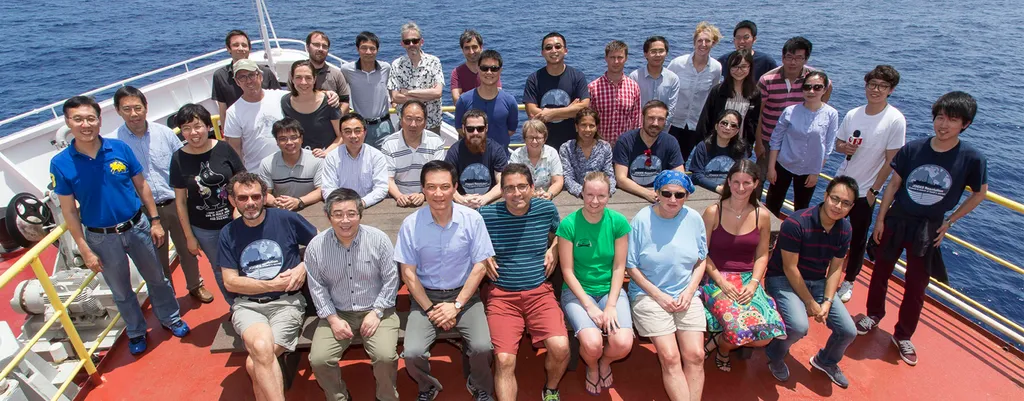In the ever-evolving world of construction materials, a groundbreaking development has emerged from the labs of Tongji University in Shanghai. Researchers, led by Long Liang from the Department of Disaster Mitigation for Structures, have unveiled a novel category of strain-hardening cementitious composites that could revolutionize marine engineering. This innovative material, dubbed SH-RMGC, is not only eco-friendly but also boasts ultra-high ductility and impressive strength, potentially offering significant advantages for the energy sector.
The research, published in the journal “Case Studies in Construction Materials” (translated as “典型案例集锦: 建筑材料”), introduces a polyethylene (PE) fiber-reinforced composite activated by reactive magnesium oxide (MgO) and derived from slag and fly ash. What sets SH-RMGC apart is its remarkable mechanical properties. With a compressive strength ranging from 17 to 50 MPa and a tensile strength of 3 to 8 MPa, it can achieve a tensile strain capacity exceeding 7%. This means the material can withstand significant deformation without breaking, a critical feature for applications in dynamic and challenging environments like marine engineering.
One of the key findings of the study is the influence of the water-to-binder ratio and MgO content on the material’s performance. “A lower water-to-binder ratio resulted in higher compressive and tensile strength,” explains Liang. “Interestingly, increasing the MgO content enhanced the matrix fracture toughness, compressive strength, tensile strength, and strain energy density, all while maintaining the ultra-high tensile strain capacity.” The optimal performance was observed with 20% MgO content, striking a delicate balance between strength and ductility.
The researchers delved into the chemical characterization of the matrix to understand the mechanical performance. They found that the primary hydration products were C-A-S-H (calcium-alumino-silicate-hydrate), brucite, and hydrotalcite-like compounds. Higher MgO content led to a higher degree of hydration reaction, refining the microstructure and reducing porosity. This refinement is crucial for enhancing the material’s durability and resistance to harsh marine conditions.
The implications for the energy sector are profound. Marine engineering projects, such as offshore wind farms, underwater pipelines, and coastal infrastructure, require materials that can withstand extreme conditions while maintaining structural integrity. SH-RMGC’s superior tensile ductility and strength make it an ideal candidate for these applications. Moreover, its eco-friendly nature, derived from industrial by-products like slag and fly ash, aligns with the growing demand for sustainable construction materials.
The commercial impact of this research could be significant. As the energy sector increasingly turns to renewable sources, the need for robust and sustainable materials for marine infrastructure will only grow. SH-RMGC’s potential to reduce maintenance costs and extend the lifespan of marine structures could make it a game-changer in the industry.
Long Liang and his team’s work not only advances the scientific understanding of strain-hardening materials but also paves the way for practical applications that could reshape the future of marine engineering. As the world seeks innovative solutions to meet the challenges of sustainability and durability, SH-RMGC stands out as a promising contender. The research highlights the importance of interdisciplinary collaboration and the potential for breakthroughs that can drive the energy sector forward.

